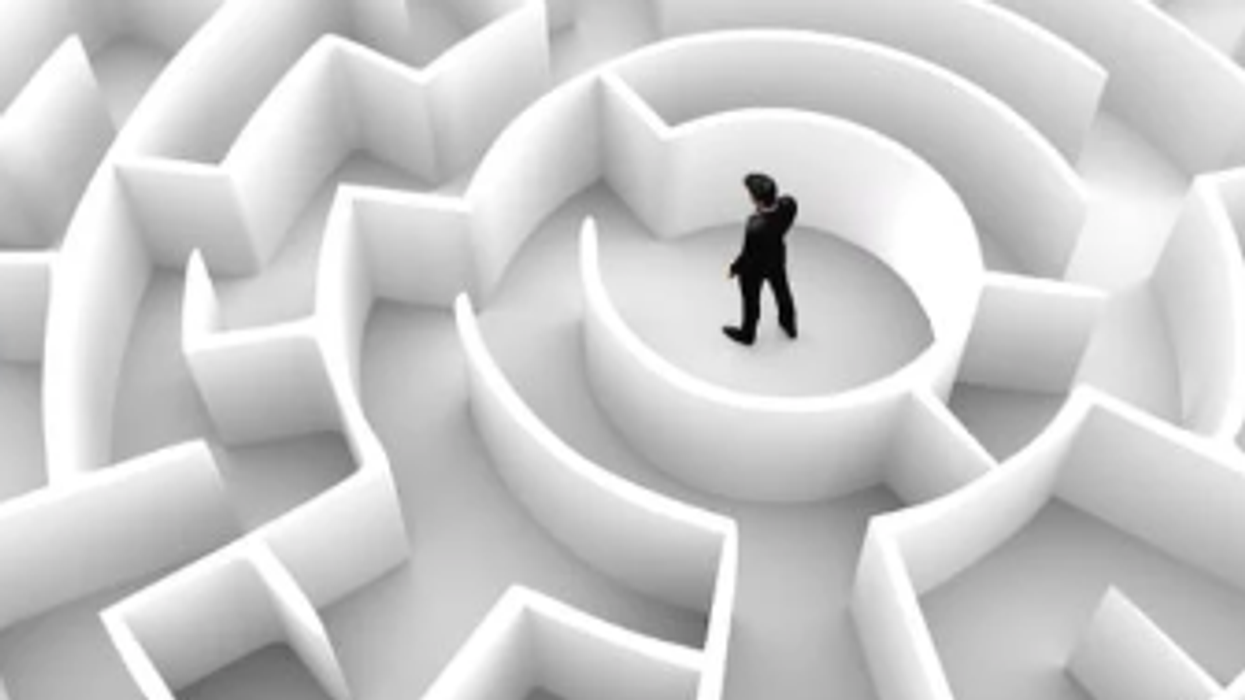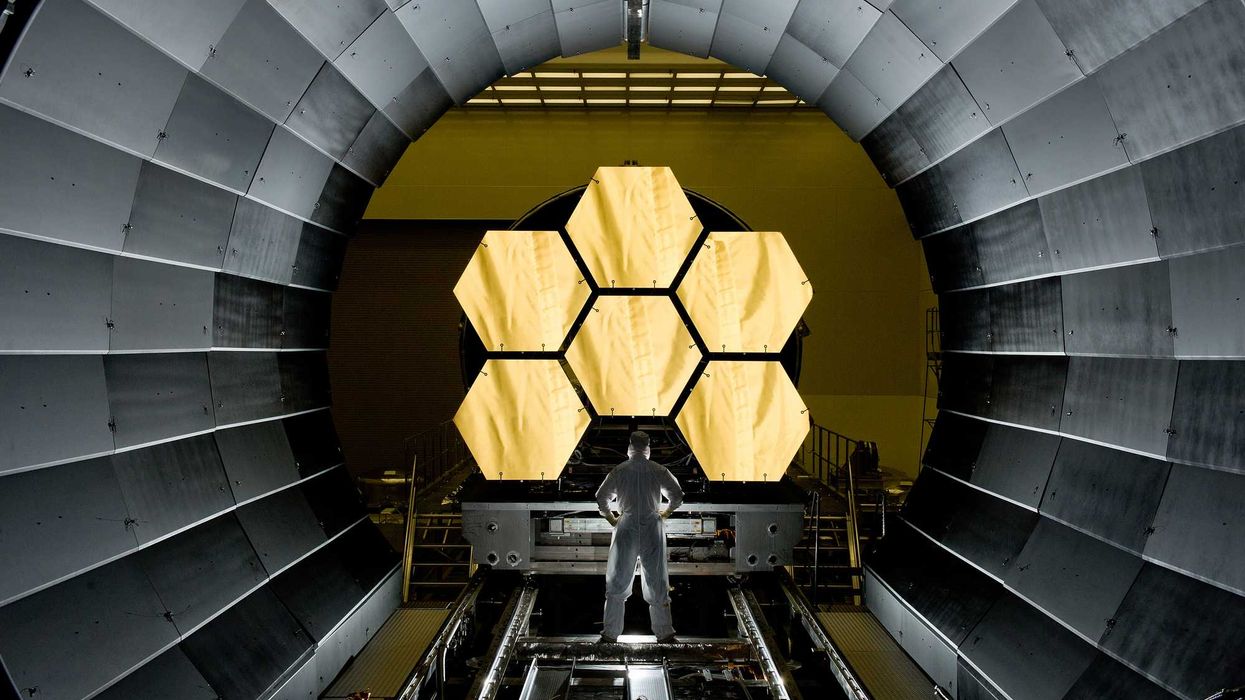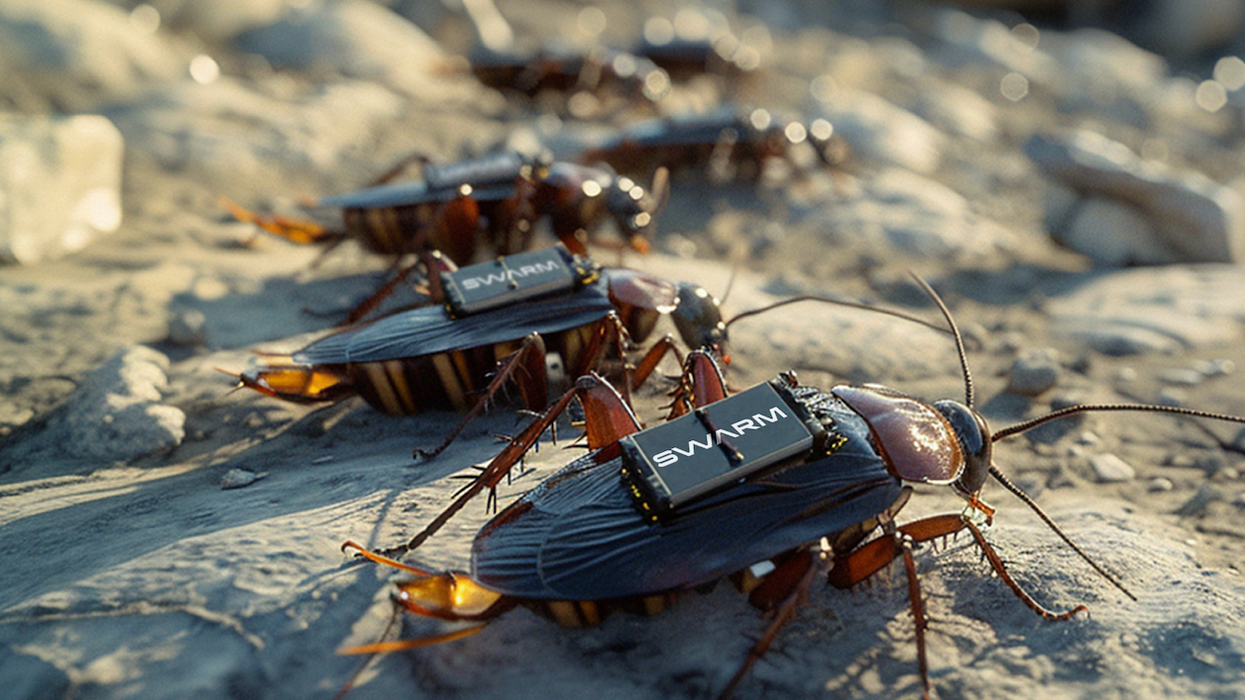Have you ever wondered how you just seem to know how far you have to go to your destination? Or maybe you were on a road trip and thought to yourself, "only about 275 miles to go," only to pass a sign that lists your destination as 272 miles away. Well, it turns out there's a reason for these occurrences and also for why you inherently remember how to get somewhere.
Scientists at Scotland's University of St. Andrews located the "mileage clock" inside a brain after recording the brain activity of rats running in a square around the perimeter of their cage. This allowed them to find the part of the brain responsible for this very important task. When the scientists changed up the rats path, that sense failed them and they wandered around lost and confused.

The brains of the rats behaved like an odometer, ticking off the steps and miles. When the researchers put people in a similar situation, they behaved exactly like the rats, suggesting humans have this same feature in their brains, the study, published by Current Biology, revealed.
"Imagine walking between your kitchen and living room," Professor James Ainge, who led the study, told BBC News. "[These cells] are in the part of the brain that provides that inner map – the ability to put yourself in the environment in your mind."
"The fact that humans and rats show the same type of errors in distance estimation in different environments gives us confidence that the brain mechanisms are the same in both species," Ainge said.

Alzheimer's connection
This is the first study to reveal the ticking of "grid cells" in the brain that are responsible for correctly assessing the distance we've traveled. These cells are one of the first areas that Alzheimer's disease affects, making this a potentially useful early detection tool.
"People have already created [diagnostic] games that you can play on your phone, for example, to test navigation," Ainge said. "We'd be really interested in trying something similar, but specifically looking at distance estimation."
When this process backfires, such as in darkness or fog, it becomes difficult to gauge how far we've gone. In the study, when the scientists changed the shape the rats had to run in, their behavior became erratic and the rats grew agitated while attempting to figure out the maze.
"It's fascinating," Ainge added. "They seem to show this sort of chronic underestimation. There's something about the fact that the signal isn't regular that means they stop too soon."

















 A lemon shaped planet the size of Jupiter.Credit:
A lemon shaped planet the size of Jupiter.Credit:  Image from a Pulsar star releasing gamma rays.NASA/CXC/SAO/
Image from a Pulsar star releasing gamma rays.NASA/CXC/SAO/  James Webb Space Telescope primary mirror.NASA/MSFC/David Higginbotham/
James Webb Space Telescope primary mirror.NASA/MSFC/David Higginbotham/ 


 A woman looks at post-it notes while thinking Canva
A woman looks at post-it notes while thinking Canva Two women on a couch are having a conversationCanva
Two women on a couch are having a conversationCanva A father and son sit on a porch talking Canva
A father and son sit on a porch talking Canva A woman paints on a canvasCanva
A woman paints on a canvasCanva A student high-fives with his teacherCanva
A student high-fives with his teacherCanva
 Cute dog looks off camera at someoneCanva
Cute dog looks off camera at someoneCanva

 A road near equatorial Atlantic OceanCanva
A road near equatorial Atlantic OceanCanva Waves crash against rocksCanva
Waves crash against rocksCanva
 Older woman drinking coffee and looking out the window.Photo credit:
Older woman drinking coffee and looking out the window.Photo credit:  An older woman meditates in a park.Photo credit:
An older woman meditates in a park.Photo credit:  Father and Daughter pose for a family picture.Photo credit:
Father and Daughter pose for a family picture.Photo credit:  Woman receives a vaccine shot.Photo credit:
Woman receives a vaccine shot.Photo credit: